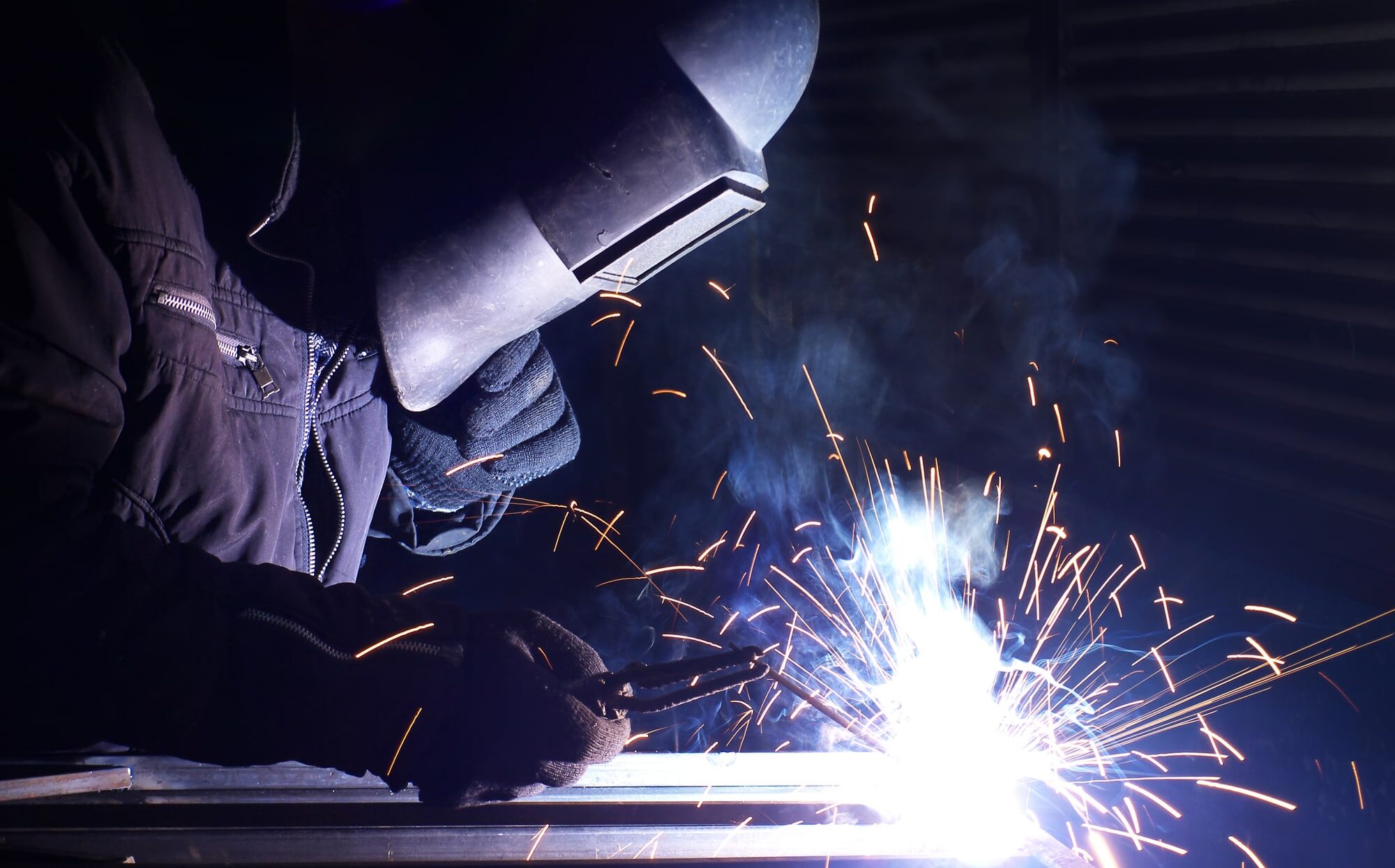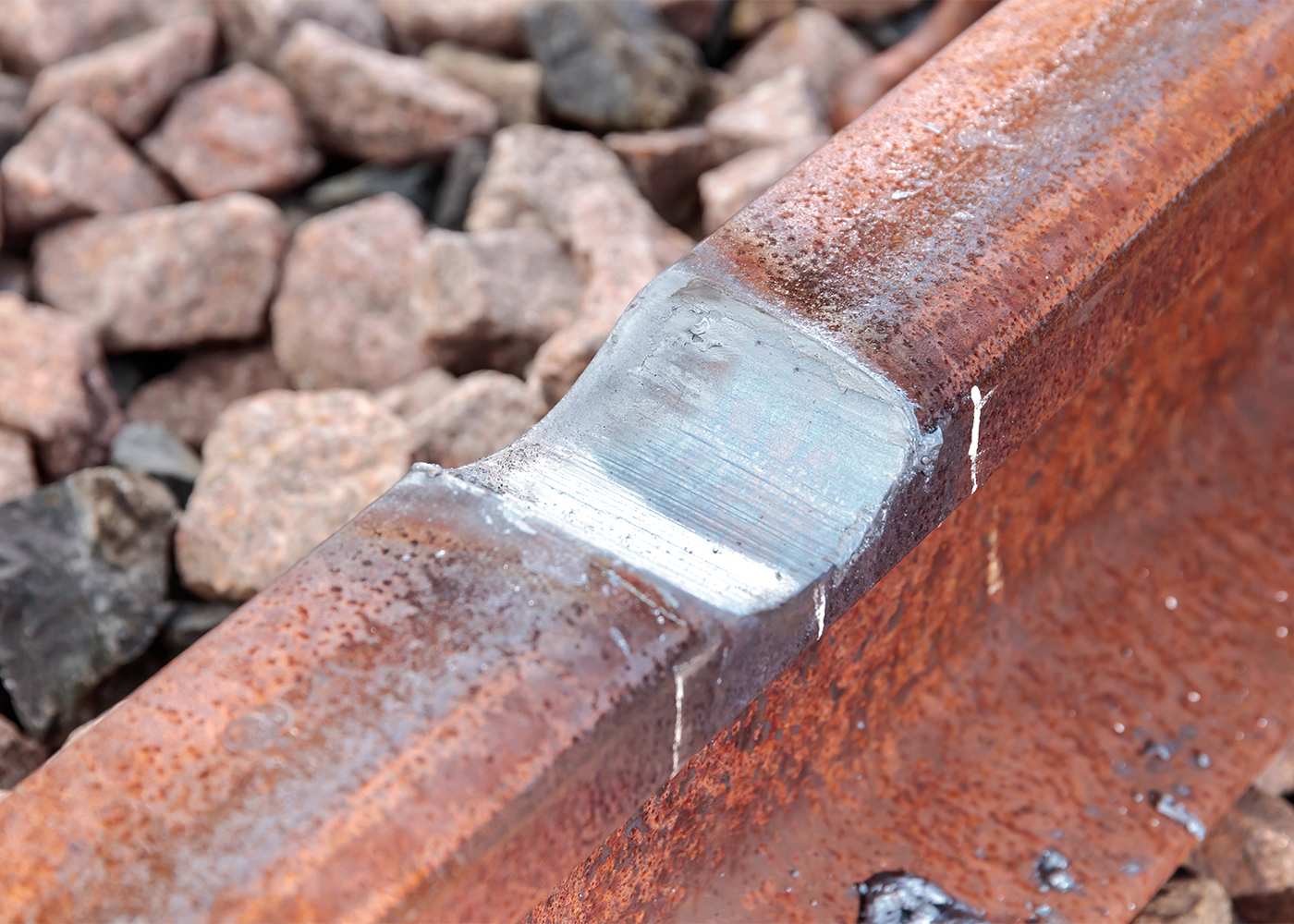Everything about Welding: Trick Insights Into Techniques and Ideal Practices for Success
Welding encompasses a selection of strategies, each matched for details products and applications. Recognizing these approaches, such as GMAW, SMAW, and TIG, is crucial for attaining excellent outcomes. The ideal tools and security practices can not be overlooked. As prep work and repairing play essential duties in the welding process, grasping these aspects can substantially improve the high quality of the end product. What are the crucial aspects that guarantee an effective weld?
Recognizing Different Welding Techniques
Welding techniques include a selection of approaches, each matched to specific applications and products. Among the most typical strategies are Gas Metal Arc Welding (GMAW), Shielded Metal Arc Welding (SMAW), and Tungsten Inert Gas Welding (TIG) GMAW, likewise recognized as MIG welding, is prominent for its rate and versatility, making it excellent for thin products. SMAW, or stick welding, is favored for its simpleness and effectiveness in exterior atmospheres, particularly with thicker metals. TIG welding supplies precision and control, making it ideal for elaborate work and non-ferrous metals (Belgrade Fabrication). Each strategy has its one-of-a-kind benefits and considerations, permitting welders to select the best technique based on the project's needs, material type, and preferred outcomes. Recognizing these methods is essential for successful welding
Crucial Welding Devices and Devices
While different welding techniques need specific abilities, the right tools and devices are similarly necessary for attaining top quality results. Vital welding devices includes welding makers, which differ depending on the method-- such as MIG, TIG, or stick welding. Safety equipment, consisting of gloves, safety helmets, and aprons, warranties safety and security and comfort during the procedure. Furthermore, components and clamps help protect materials in position, guaranteeing accuracy in welds. Consumables like welding poles, cord, and shielding gas are additionally important parts that affect the top quality of the weld. Devices such as cutters and mills help with surface area preparation and post-weld ending up, contributing to a professional result. Purchasing top quality tools inevitably enhances the performance and efficiency of welding projects.
Safety And Security Practices in Welding
Correct safety and security methods are important in the welding sector to secure workers from potential threats. Welders have to wear suitable personal protective equipment (PPE), consisting of helmets with correct shading, gloves, and flame-resistant clothing. Appropriate ventilation is important to minimize direct exposure to unsafe fumes and gases produced during the welding process. Furthermore, employees need to be learnt the proper handling of welding equipment to avoid crashes. Fire security measures, such as maintaining combustible products away from the welding location and having fire extinguishers readily offered, are required. Routine evaluations of equipment and work spaces can help determine possible dangers prior to they lead to mishaps. By sticking to these safety techniques, welders can create a much safer working environment and reduce threats related to their profession.
Preparing Products for Welding
Preparing products for welding is an important step that significantly influences the quality and stability of the end product (Montana Mobile Welding and Repair Belgrade). Appropriate prep work involves cleaning the surfaces to get rid of pollutants such as corrosion, oil, and dust, which can endanger the weld. Methods such as grinding, fining sand, or making use of solvents are commonly utilized to achieve a clean surface area. Furthermore, making sure that the materials mesh snugly is necessary; voids can cause weak welds. It's additionally crucial to take into consideration the placement and positioning of the elements, as this will certainly affect the ease of welding and the final outcome. Selecting the ideal filler material and making certain compatibility with the base metals is important for attaining strong, sturdy welds.
Tips for Achieving High-Quality Welds
Accomplishing top quality welds requires attention to information and adherence to best techniques throughout the welding procedure. Correct joint prep work is necessary, making certain surfaces are clean and complimentary from pollutants. Selecting the suitable filler product and welding strategy based upon the base metals is crucial for excellent bonding. Maintaining constant traveling speed and angle while welding can promote and protect against defects harmony. Furthermore, managing heat input is important; excessive warm can bring about bending and deteriorated joints. If necessary, frequently examining the welds throughout the process permits for prompt changes. Utilizing ideal post-weld treatments, such as cleaning and anxiety alleviation, can enhance the toughness and stability of the weld, ultimately making certain an effective result.
Troubleshooting Common Welding Issues
Welding commonly presents difficulties that can influence the top quality and integrity of the last item. Usual problems such as porosity, inconsistent weld beads, and getting too hot can arise, each needing certain troubleshooting techniques. Understanding these problems is necessary for welders to enhance their abilities and achieve suitable outcomes.
Porosity Problems Explained
Although porosity can commonly be forgotten, it stays a crucial concern in welding that can endanger the honesty of a completed item. Porosity describes the existence of little gas pockets within the weld bead, which can lead and damage the joint to premature failing. This problem typically occurs from impurities, dampness, or inappropriate shielding gas coverage during the welding procedure. To mitigate porosity, welders need to validate that the base products are clean and dry, utilize ideal securing gases, and keep consistent welding criteria. Consistently checking the equipment and environment can also assist recognize possible problems prior to they materialize in the weld. Addressing porosity properly is necessary for accomplishing strong, resilient welds flux core mig welder that satisfy high quality standards.

Irregular Weld Beads
Irregular weld beads can greatly impact the quality and stamina of an ended up item. Numerous aspects add to this problem, including incorrect traveling rate, incorrect amperage settings, and inconsistent electrode angles. When the welder relocates as well promptly, a grain may appear narrow and do not have penetration, while relocating also slowly can trigger too much accumulation. In addition, using the incorrect amperage can cause either damaging or excessive spatter, both of which concession weld honesty. The welder's technique, such as inconsistent lantern motion, can additionally bring about uneven bead appearance. To alleviate these troubles, welders need to concentrate on maintaining consistent, controlled movements and guaranteeing correct devices setups to accomplish harmony in their welds. Consistency is vital to achieving trusted and solid welds.
Getting Too Hot and Bending Issues
Too much heat during the welding procedure can bring about considerable getting too hot and buckling problems, other affecting the architectural honesty of the workpiece. These issues frequently materialize as distortion, which can jeopardize placement and fit-up, making further setting up testing. Variables adding to overheating consist of the option of welding specifications, such as voltage and take a trip rate, along with the kind of material being welded. To reduce these problems, welders must keep consistent traveling speed and suitable warm input while keeping an eye on the workpiece temperature. Additionally, pre-heating or post-weld warmth therapy can aid reduce anxieties brought on by quick air conditioning - Montana Mobile Welding and Repair Welding. Routine examination and adherence to finest techniques are essential in protecting against overheating and making sure the long life and dependability of welded structures
Regularly Asked Concerns
What Are the Profession Opportunities in the Welding Industry?
The welding industry offers diverse occupation chances, including placements as welders, designers, educators, and assessors. Professionals can operate in manufacturing, construction, aerospace, and auto markets, gaining from strong demand and competitive salaries in various roles.
Exactly How Can I Improve My Welding Speed Without Giving Up Top Quality?
To enhance welding rate without compromising top quality, one must exercise reliable techniques, keep devices, enhance settings, and boost hand-eye coordination. Normal training and looking for comments can additionally significantly add to achieving much faster, top notch welds.
What Accreditations Are Readily Available for Welders?
Many accreditations exist for welders, including those from the American Welding Society (AWS), the National Center for Building And Construction Education And Learning and Study (NCCER), and different industry-specific organizations. These qualifications boost employability and demonstrate skill efficiency.
Just How Does Welding Affect the Residences of Metals?
Welding affects the properties of steels by modifying their microstructure, which can result in modifications read in ductility, firmness, and toughness. Heat input and air conditioning rates throughout the process greatly influence these material qualities.
Can I Bonded Dissimilar Metals Together?
